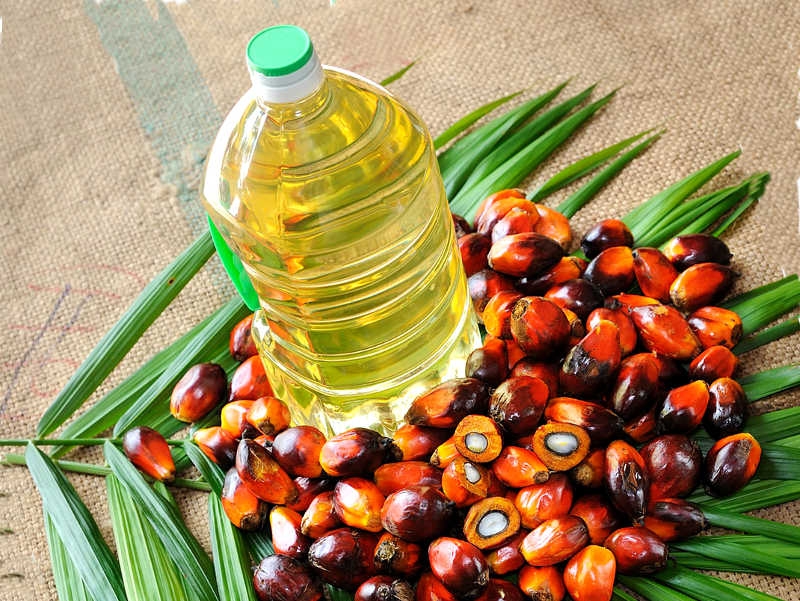Malaysian palm oil end-Oct stocks above 1.8 million mt on weak exports: survey

Malaysia’s stocks of palm oil at the end of October were likely up 3.1% month on month to 1.80 million mt as key buyers China and India bought less, a survey of analysts, growers and traders by S&P Global Platts found.
October production from the second largest palm oil producer and exporter in the world was estimated at 1.68 million mt, according to the survey.
Market participants also felt that production in both November and December would be lower than October, tracking seasonal trends.
The Malaysian Palm Oil Board will publish monthly supply and demand data Nov 10.
“Seasonally, the production should really peak in September or October, but we’ve had severe labor problems this year which has impacted production adversely,” a broker said.
The government has said that foreign workers will be allowed into plantations to ease a labor shortage, but market participants feel any tangible effect will only be seen early 2022 as logistical and administrative issues have to be sorted out.
Another trader said production could be up to 2% higher on the month, but highlighted that September production was lower than in the previous two years.
“It is a lower base this year, compared to 1.87 million mt in Sept 2021 and 1.84 million mt in 2019. So, an increase of 2% for October is not very significant when the production for the year to date is so much lower,” the source said.
According to data from the MPOB, Malaysia’s production over January to September totaled 13.31 million mt, down from 14.60 million mt in the 2020 period.
The expected supply tightness, along with a rally in international vegetable oil prices, pushed the cost of crude palm oil beyond the MR 5,000 ($1,200) mark in October in Malaysia.
MPOB data showed the average cost of locally delivered CPO was MR 5,051 in October, up 10.9% from September.
Malaysian palm oil exports likely fell 13% to 1.41 million mt in October due to reduced demand from key buyers India and China, the Platts survey found.
Demand from India was muted in October after reductions in imports taxes in June, August and September pushed imports in the third quarter, trade sources said.
“There were already a good amount of port stocks at the beginning of October which dented Indian demand for the month,” said Nagaraj Meda, managing director of Hyderabad-based commodity research company TransGraph Consulting.
“But exports in November and December might pick up due to resumption of demand from China in anticipation of Chinese New year 2022. Demand will also be supported from India if there is a price correction at origins as local prices in India are at disparity to imported price.”
On Oct. 13, India reduced the import duty on edible oils for the fourth time since June to ease domestic food inflation. Base import tax on crude soybean, sunflower and palm oil was reduced to zero from 2.5%.
Meanwhile, refined palm oil, refined soyoil and refined sunflower oil now face a 19.25% import tax against 35.75% earlier.
Read also
Wheat in Southern Brazil Impacted by Dry Weather and Frosts
Oilseed Industry. Leaders and Strategies in the Times of a Great Change
Black Sea & Danube Region: Oilseed and Vegoil Markets Within Ongoing Transfor...
Serbia. The drought will cause extremely high losses for farmers this year
2023/24 Safrinha Corn in Brazil 91% Harvested
Write to us
Our manager will contact you soon



